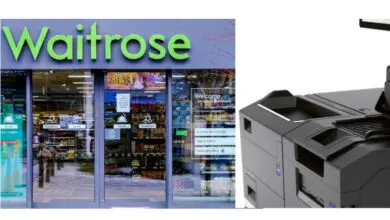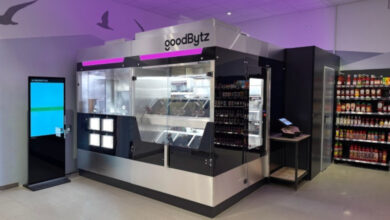Popken Fashion Group optimises prices dynamically with GK

Popken Fashion Group has implemented the AI solution GK Air Dynamic Pricing to minimise the manual effort involved in its pricing process and increase gross profit. With this step, the family-owned company specialising in plus-size fashion also wants to improve its margin by one to two percentage points through data-driven, dynamic pricing, explained Marlon Stresow, Head of Business Intelligence at Popken Fashion Group, at the EHI Technology Days in Bonn.
“We used to order a lot by instinct in our company,” reported Marlon Stresow. The warehouse was often full and the prices were reduced far too much. Excess stock that could not be sold went to other retailers. Once a week, employees took care of pricing all items in line with the market. However, the fashion specialist wants to be able to determine the best possible price for each individual product – including colour and size variants – within the sales cycle without a high level of manual effort.
By using GK Air, algorithms now vary the price according to demand when items in the online shops are at the end of the target sell-by date. The transaction data from the online shops is fed into the calculation in real time via GK Air. For Popken Fashion, the focus is on price optimisation based on turnover, sales, revenue and markdowns. Using GK Air, the company can flexibly set priorities between the parameters and adjust and control price optimisation.
Fewer markdowns thanks to markdown pricing
In a two-month test phase in February of this year, the company tested markdown optimisation using the AI solution’s markdown agent. As part of A/B tests, the clothing specialist showed one half of the test group in the Ulla Popken online shop prices based on conventional pricing and the other half prices that were recalculated several times a week with the help of GK Air. The calculation was based on the previously defined pricing strategy, which allows prices from above the recommended retail price (RRP) to minus 15 per cent of the RRP.
In the test group, which received dynamically calculated prices, a significantly higher margin and a higher net gross profit were achieved than in the comparison group without dynamic pricing. “From the fourth to fifth day, our tests showed that GK Air was already performing significantly better,” explains Marlon Stresow. The net gross profit per item increased by EUR 0.82, which corresponds to an uplift of 9.63 percent. “This has far exceeded our expectations,” reported Marlon Stresow in Bonn.
Optimum control of stock levels
Even up-pricing recommended by the AI was successful for certain items with low inventory pressure, explained Marlon Stresow. Overall, the company is pleased with the significantly reduced manual effort involved in pricing, which can be parameterised very flexible via GK Air according to turnover, sales, revenue and markdowns at the touch of a button. Automated markdown pricing also allows the retailer’s stock levels to be managed much better. Popken Fashion can also react ideally to highly volatile demand and frequently changing purchase prices thanks to dynamic pricing.
The project was realised within six weeks after an initial software set-up. GK Air was first rolled out in the online shops of all Euro countries in which Popken Fashion is active. With the help of GK Air, dynamic pricing will also be implemented in the company’s brick and mortar stores and marketplaces in the future.




